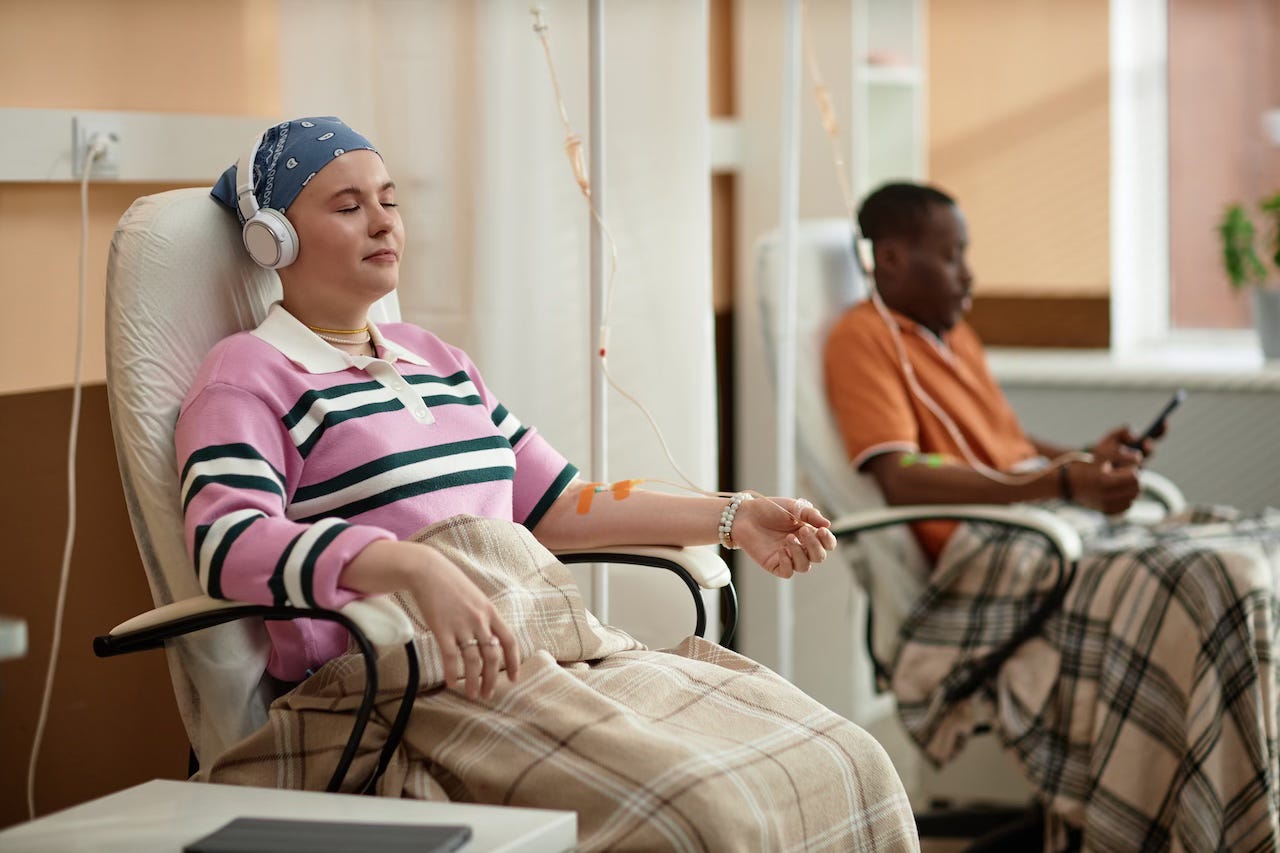The word “chemotherapy” often brings a specific image to mind: someone losing their hair. But here’s the truth—not all chemo causes hair loss. It’s a common side effect of some treatments, but it’s not a guarantee for everyone. Let’s dive into the details and answer some of the most common questions about chemo and hair loss.
Why Does Chemotherapy Cause Hair Loss? 🧬
Chemotherapy works by targeting rapidly dividing cells—like cancer cells. But here’s the catch: hair follicles are also fast-growing, which puts them in the line of fire. When chemo damages these follicles, hair may fall out, thin, or stop growing altogether.
Does It Always Happen? 🤔
Nope! Hair loss depends on the type of chemotherapy, the dosage, and your individual response. Some treatments are more likely to cause hair loss than others:
- High Risk: Drugs like doxorubicin, paclitaxel, or cyclophosphamide are more likely to cause full hair loss.
- Moderate Risk: Some drugs might cause thinning or partial loss, such as certain targeted therapies.
- Low Risk: Others, like immunotherapy or some newer chemo drugs, may have little to no effect on your hair.
Your oncologist will let you know what to expect based on your specific treatment plan.
What Does Chemo-Related Hair Loss Look Like? 🌪️
Hair loss from chemo doesn’t always happen all at once—it varies from person to person. You might notice:
- Gradual thinning over weeks.
- Patches of hair falling out.
- Sudden shedding after just a few treatments.
Hair loss can occur on your scalp, eyebrows, lashes, or body, depending on the medication.
Can Hair Loss Be Prevented? 💡
While there’s no guaranteed way to stop chemo-related hair loss, there are a few strategies that might help:
1. Scalp Cooling Caps 🧊
Cooling caps reduce blood flow to your scalp during treatment, which can minimize the amount of chemo that reaches your hair follicles. They’re not foolproof, but some people swear by them.
2. Gentle Hair Care 🧴
- Use a mild, sulfate-free shampoo.
- Avoid tight hairstyles, harsh treatments, or heat styling.
- Switch to a soft brush or wide-tooth comb to minimize breakage.
3. Consider Hair Preserving Treatments
Some research is exploring medications or topical treatments that could protect hair follicles during chemo—ask your oncologist if anything like this might be an option for you.
Does Hair Grow Back After Chemo? 🌱
The good news: in most cases, hair grows back after chemo ends. Here’s what to expect:
- Timing: Regrowth usually starts 1-3 months after finishing treatment.
- Texture and Color: Your new hair might come in curlier, finer, or even a different color at first—this is totally normal!
- Patience is Key: Full regrowth can take 6-12 months or longer, so be gentle with yourself and your hair.
Coping with Hair Loss 💕
Hair loss can be an emotional experience, but remember: it’s temporary and doesn’t define you. Here are some ways to feel more comfortable during this time:
- Wigs and Headwraps: There are so many stylish options out there, from natural-looking wigs to colorful scarves.
- Lean on Your Support System: Friends, family, or support groups can be a huge source of encouragement.
- Focus on Self-Care: Treat yourself to activities that boost your mood and confidence.
Strands of Wisdom
Hair loss isn’t inevitable with chemo, but when it does happen, it’s often temporary. Whether you’re dealing with thinning, complete loss, or no change at all, remember: your beauty is so much more than your hair. Got questions or tips to share? Let’s chat




